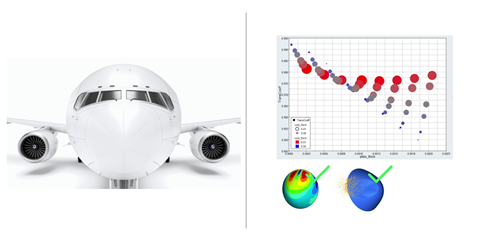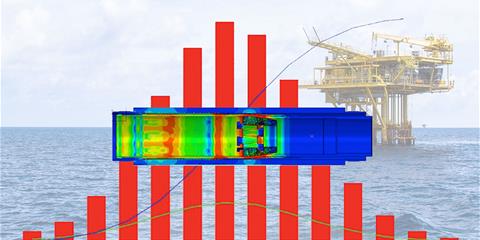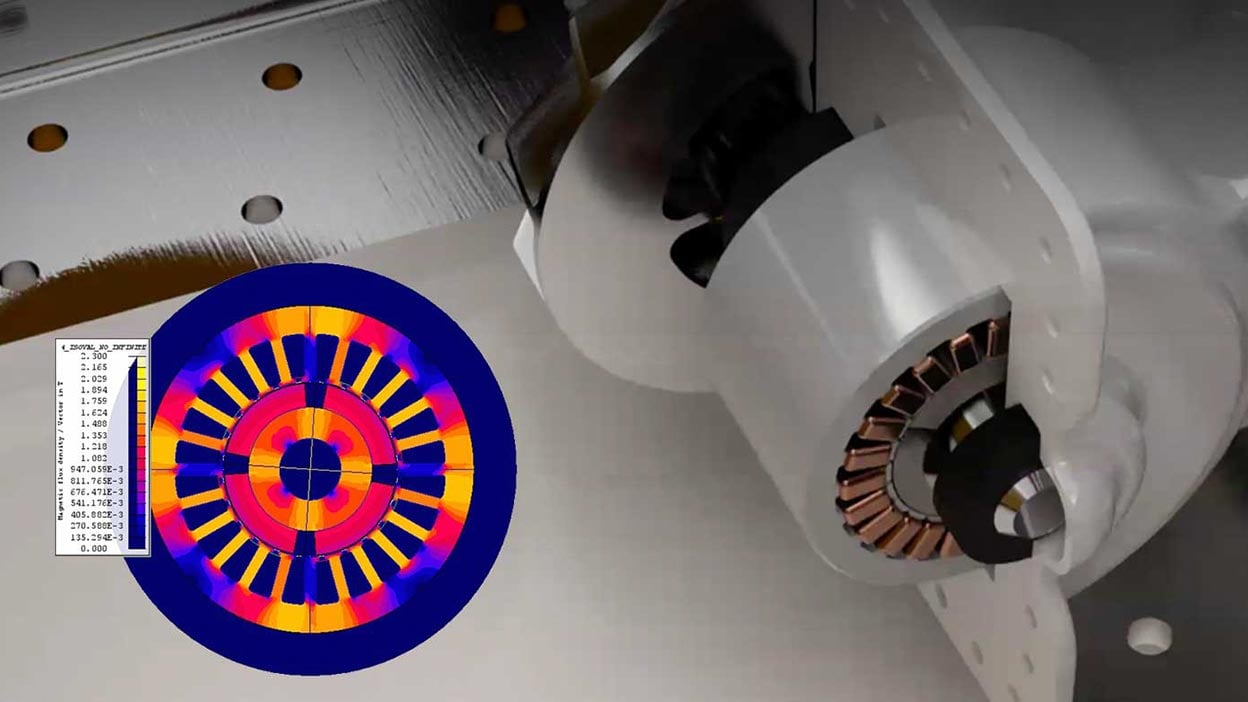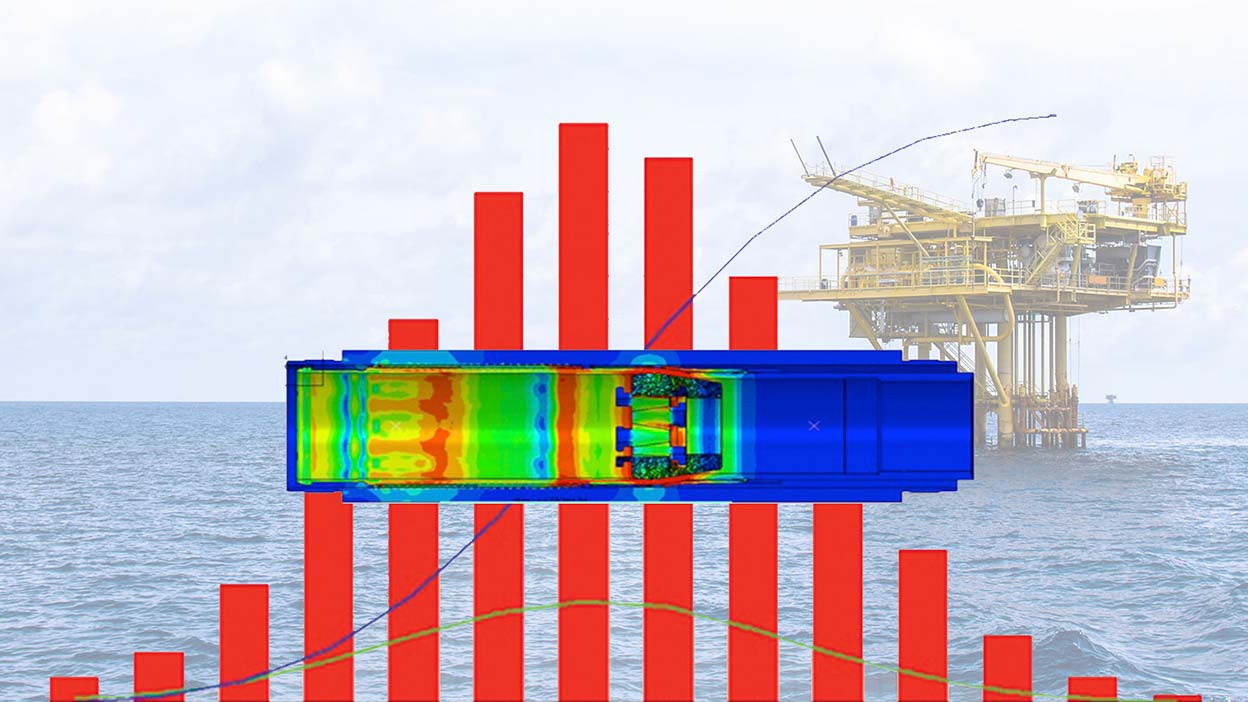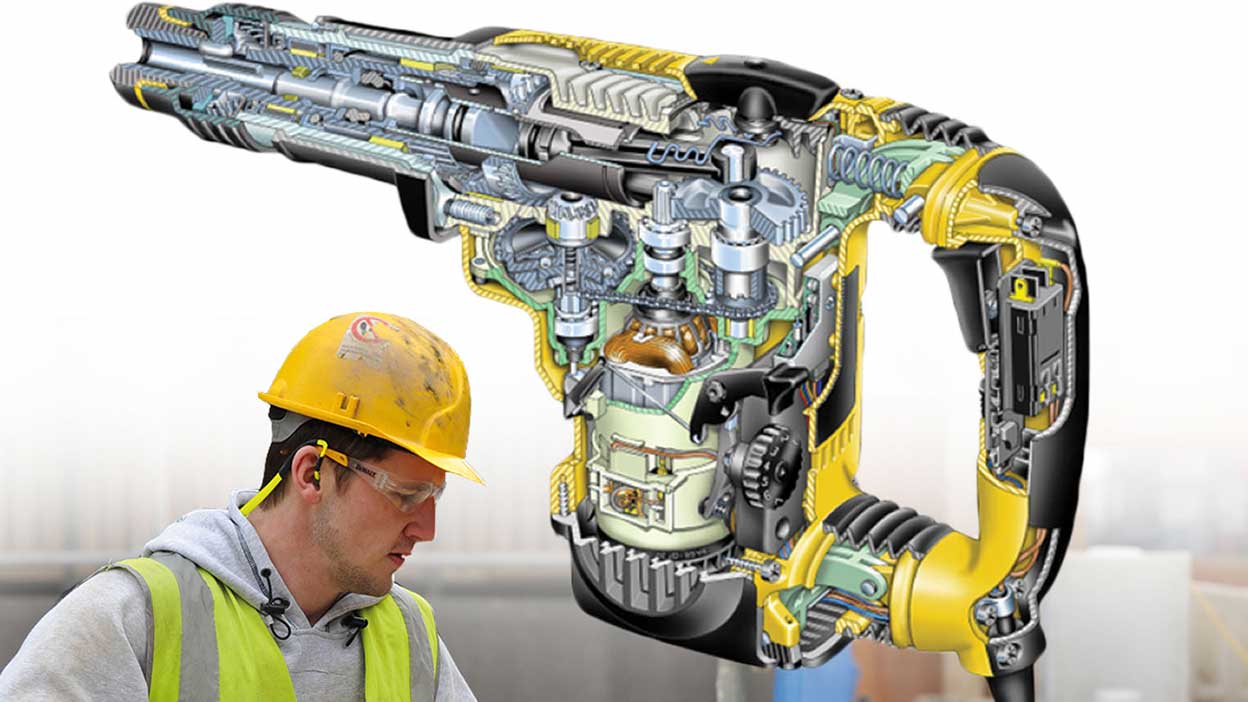Altair® HyperStudy®
Powerful Design Exploration and Optimization
HyperStudy is a multidisciplinary design study software that enables engineers to explore and optimize their product performance and robustness.
By using automatic processes combining state-of-the-art mathematical methods, predictive modeling and data mining, HyperStudy explores the design space of any system model smartly and efficiently. Users are guided to understand data trends, perform trade-off studies, and optimize design performance and reliability, while considering multiphysics constraints.
The intuitive user interface combined with seamless integration to Altair® HyperWorks® makes design exploration technology accessible to non-experts.


